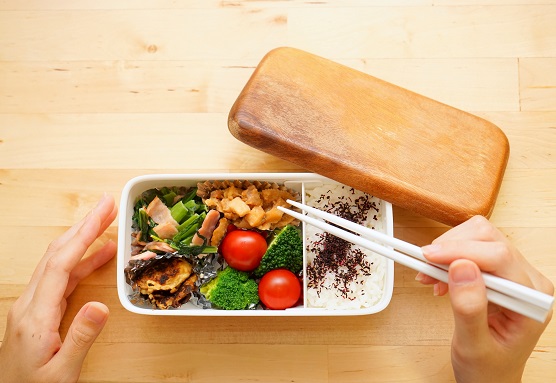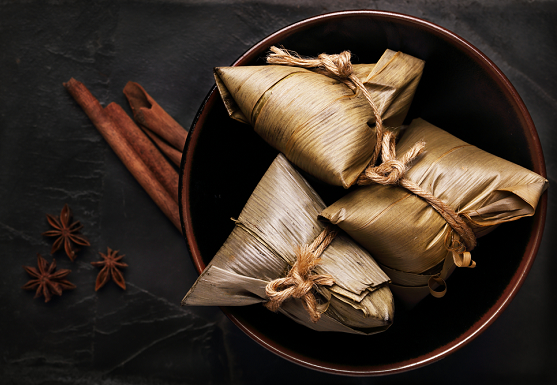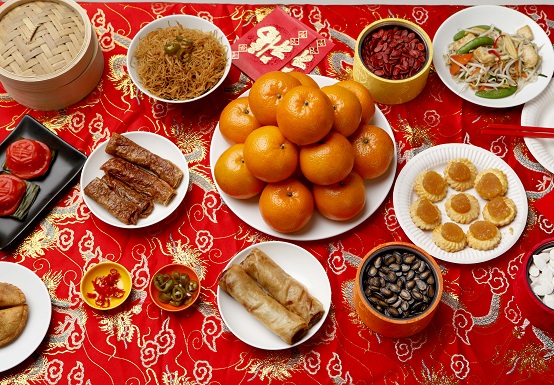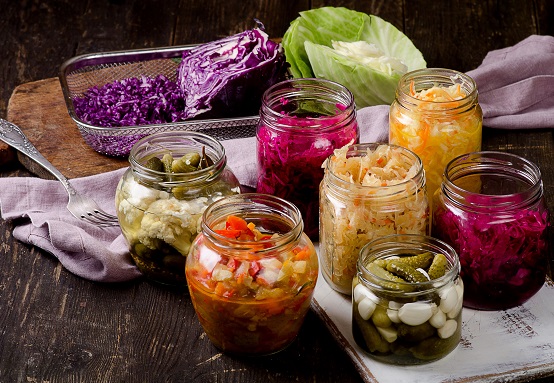Are Home-packed Lunches Healthier?

A 2016 survey by The Lunchbox Movement has revealed 88.7 percent of university students and 80 percent of adults in Singapore believe that home-packed lunches are healthier than their outside counterparts. We examine the findings by four final year students from Nanyang Technological University with the help from Sarah Shamila, head of Nutrition and Dietetic Services at Mount Alvernia Hospital.
TREND IN EATING OUT
In the same survey, more than half of university students and working adults reported eating out four to seven times a week. Corresponding with this, a recent MasterCard survey revealed Singaporeans to be top spenders in dining in the region. A combination of a love for diverse food and preference to eat out means the dining-out means the dining-out trend is expected to grow.
When you eat out, you have no control over how the food is prepared and cooked, and the ingredients used. As The Lunchbox Movement put it in its report, “outside food tends to be unbalanced in nutritional value”. This means you can end up taking in high carbohydrates but low protein and fibre.
Topping that off, a university study done on 18,000 Americans has shown eating out tends to lead to overeating, with an additional 200 more calories.
With nutritional uncertainty on one front and overeating on the other, eating out does seem an unhealthy habit to have. New stats show a rise in obesity and diabetes among young Singaporeans today. This is attributed among young Singaporeans today. This is attributed to poor diets and food habits, further demonstrating the potential harm eating out brings.
HOME-PACKED LUNCHES AS A SOLUTION
The well-intentioned movement has advocated home-packed lunches over their counterparts, citing sound reasons. These centre on the ability to control your meals, allowing you to seek a balanced diet while reducing the amount of sugar, salt and trans fat, among other substances.
As it appears, home-packed lunches seem all rosy as a solution until you consider one factor: the nutritional value of home-packed lunches is only as good as the packer makes it to be.
Overseas studies such as those in the United Kingdom (UK) have unveiled some shocking insights. Among them is the discovery that only 1.6 percent of children’s packed lunches are meeting nutritional standards in UK. Many contain savoury snacks and sugary drinks. While that does not equate to similar statistics in Singapore, it does indicate the possibility that public knowledge of what constitutes healthy eating is inadequate.
Compounding this possibility is the fact that it is widely believed that health foods like salads and fruit juices are not necessarily wholesome. For one, lettuce is low in nutrition, carrying mostly water weight. A person who decides to eat healthy and builds his or her diet around lettuce may end up suffering from nutrition deficiency.
Fruit juices, on the other hand, are high in sugar. The act of juicing removes insoluble fibre from fruits, allowing our body to absorb fructose in fruits immediately and creating insulin spike.
This leads to a conclusion: home-packed lunches are a healthier option, with a caveat. The packer needs to know what constitutes a healthy meal. For this, Sarah has this to say, “To meet your nutritional requirements and have a healthy meal, you need to consume a balanced diet. You achieve that by having at least one item from each food group, namely rice and alternatives; meat and alternatives; vegetables and fruits from the Healthy Diet Pyramid.”
EATING HEALTHY WHILE DINING OUT
With eight out of ten working adults surveyed by The Lunchbox Movement revealing that preparing home-packed lunches is too time consuming, there is only so much we can do to encourage people to pack a healthy lunch.
Given our busy schedules, this is hardly surprisingly, leading Sarah to offer her remedy. “If you’re unable to prepare healthy home-packed lunches that contain food from each group, you can still eat wisely when dining out. For example, at the hawker centre, you can choose to have economic vegetable rice, swapping white for brown rice and choosing three dishes such a meat, fish and steamed egg. You can also go for stores that sell fish soup, opting for extra vegetables, or fish ball noodles with an emphasis on lesser condiments and more leafy vegetables.”
Going further, she says, “The idea is to eat as mindfully as possible. Chew your food slowly rather than gulping it down to save time. Stop eating when you are at 80% full and drink more water to avoid overeating.”
ABOUT THE SURVEY
The Lunchbox Movement Survey was conducted to find out more about young Singaporeans’ current eating behaviours with respect to lunch, and their perceptions toward preparing, bringing and eating home-packed lunches. The survey had a sample size of 221 university students and 190 working adults, with a total of 411 survey respondents aged 19-35.
ABOUT THE LUNCHBOX MOVEMENT
The Lunchbox Movement is a student-led campaign, run by four final year students from the Wee Kim Wee School of Communication and Information in NTU. The campaign aims to encourage university students and working adults, aged 19-35, to eat healthily and save money through the consumption of home-packed lunches at least twice a week. The campaign seeks to convey the message that home-packed lunches are not only healthier than food cooked outside, but they can also be easy, time-efficient and cost-efficient to prepare.
REFERENCES
http://www.herworldplus.com/lifestyle/money/dining-out-singaporeans-are-regions-tops-spenders
http://www.independent.co.uk/life-style/food-and-drink/news/why-eating-out-at-restaurants-may-be-just-as-bad-for-your-health-as-grabbing-fast-food-10394392.html
http://www.netdoctor.co.uk/healthy-living/wellbeing/news/a26924/packed-lunches-unhealthy
http://www.washingtonpost.com/lifestyle/food/why-salad-is-so-overrated/2015/08/21/ecco3d7a-4677-11e5-8ab4-c73967a143d3_story.html
Article contributed by Sarah Shamila, head of Nutrition and Dietetic Services at Mount Alvernia Hospital. Click here to learn more about our Nutrition and Dietetic services.
This article is taken from our My Alvernia Magazine Issue #30. Click here to read the issue on our website or on Magzter.



